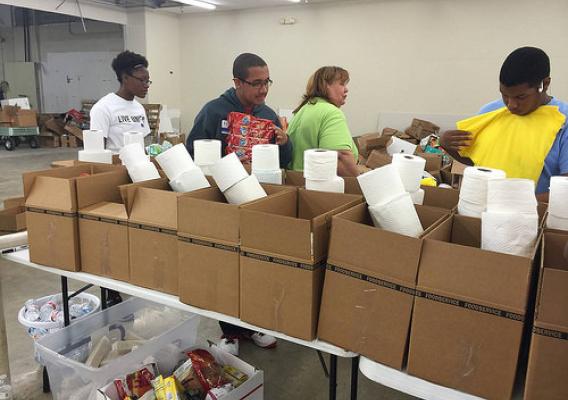Cross-posted from the Huffington Post:
The United States has always prided itself on lending a helping hand to its citizens in trying times. Throughout our history, when Americans have fallen on hardship, our safety net has stepped in to provide temporary help to those who need it. When I walked into USDA on my first day in 2009, the United States was in the midst of one of the worst economic downturns in our history. Record numbers of people suddenly found themselves and their families in dire circumstances without enough income to make ends meet or put food on the table. At that time of great need, millions turned to the Supplemental Nutrition Assistance Program (SNAP) to help them ease their hunger.
Since Secretary Vilsack invited me to join him at USDA as Under Secretary of Food and Nutrition Consumer Services (FNCS) in 2009, not only have we helped to bring America back from the brink of a second economic depression, we have also worked to institutionalize more opportunities and pathways directed at helping states assist consumers and expand direct access to healthy and affordable food.










